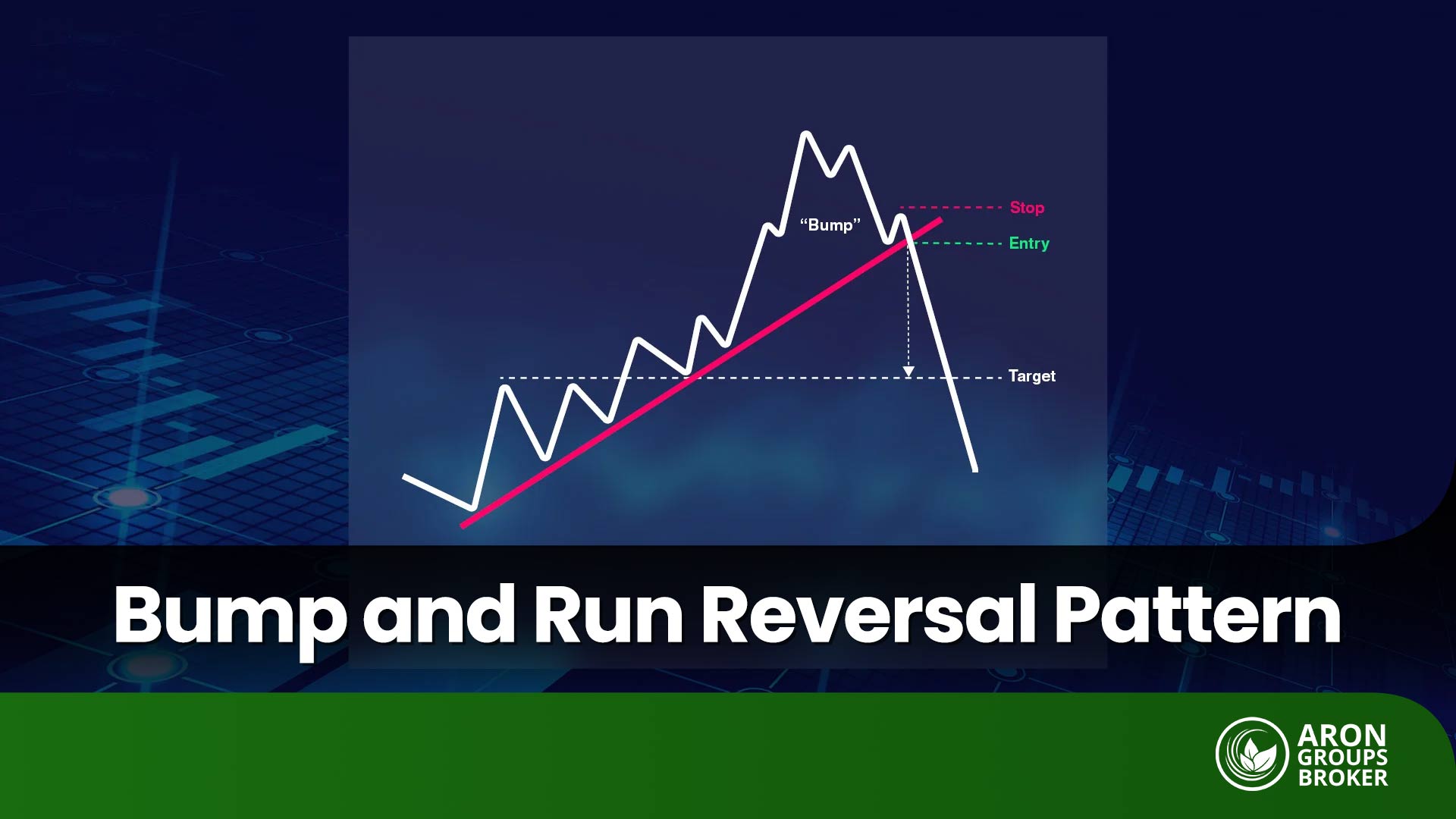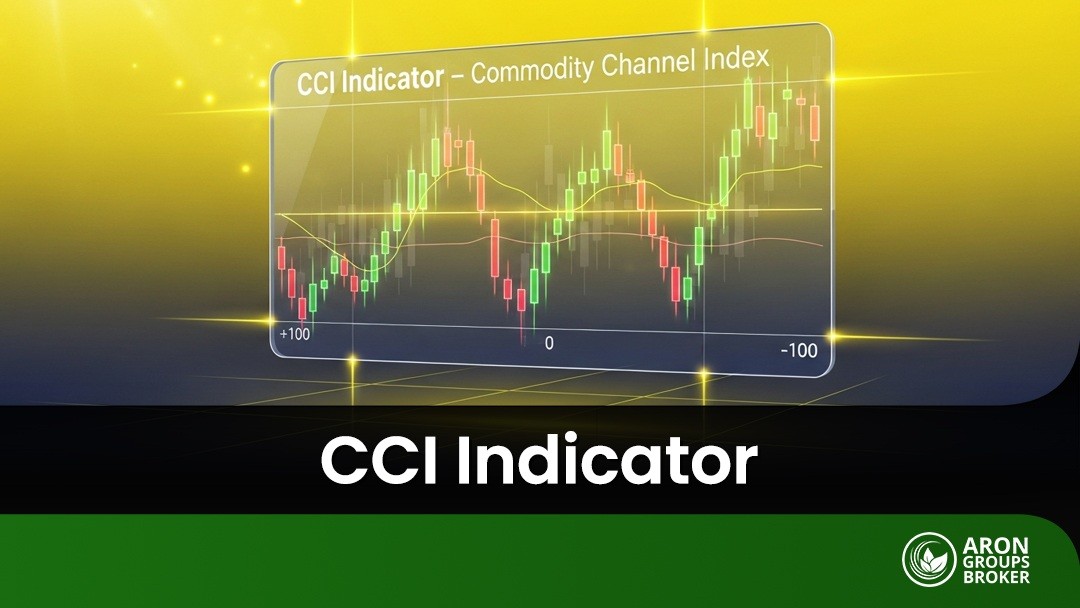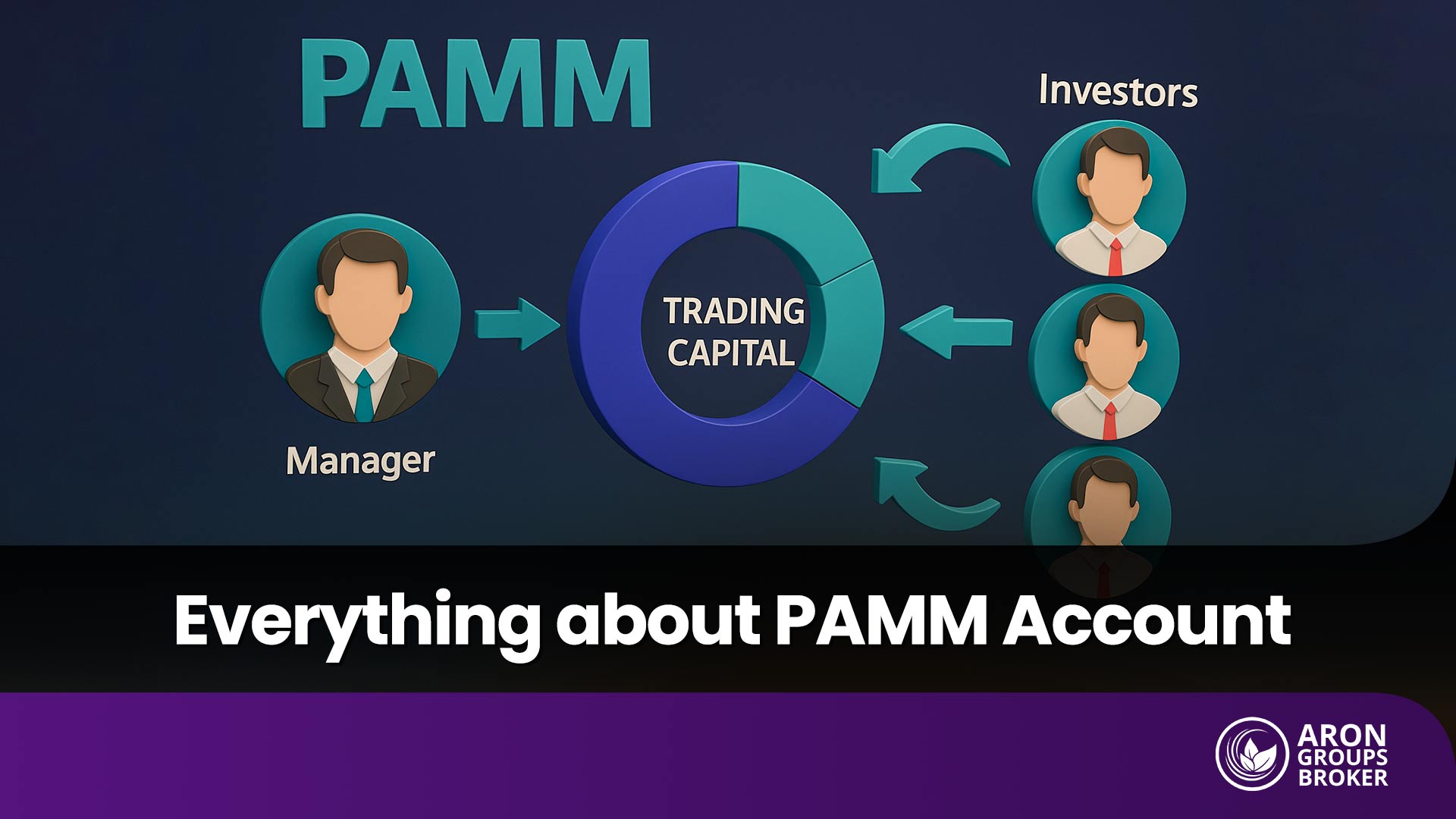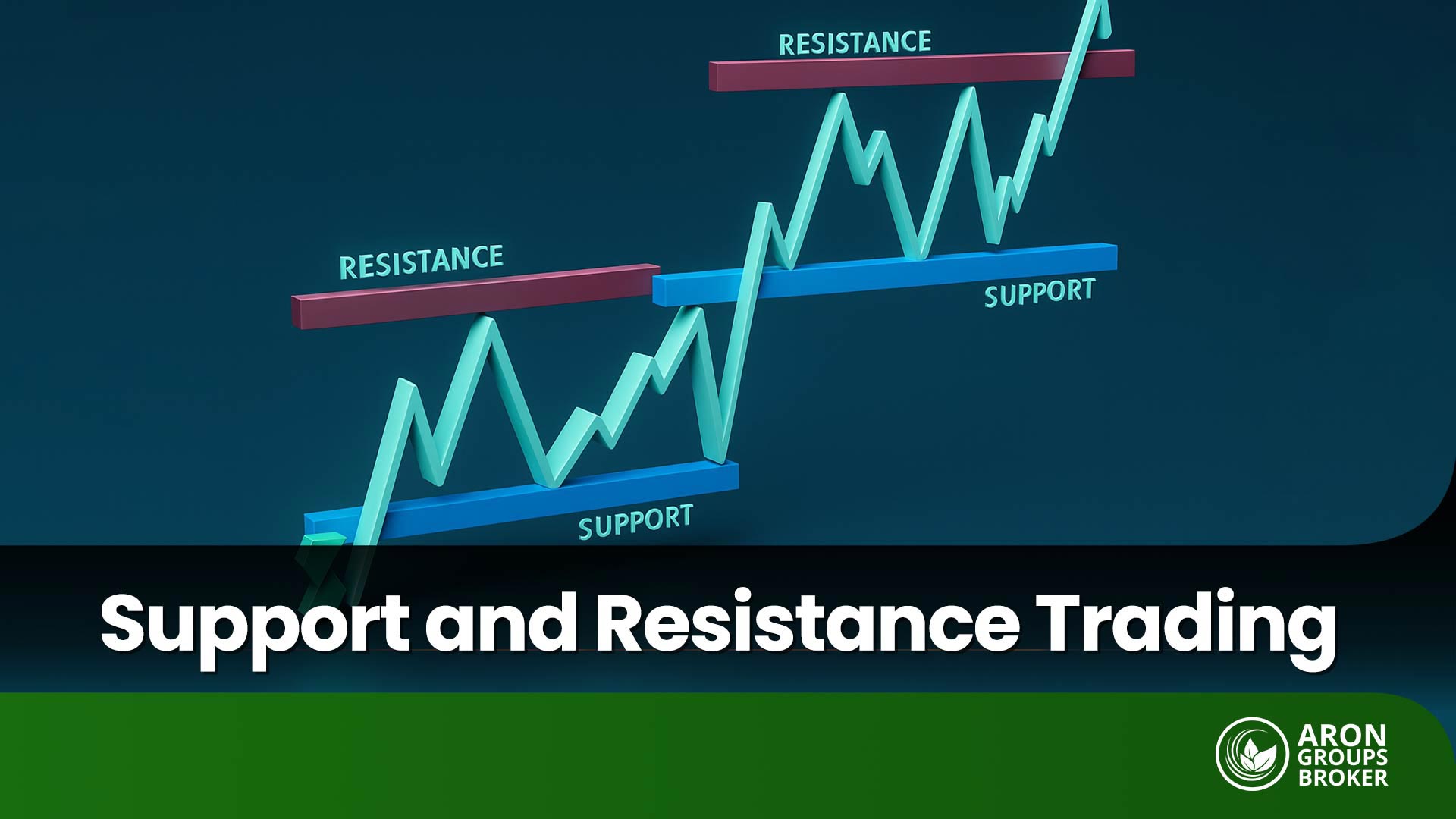Leverage is a fantastic offer of a forex broker which allows you to trade with borrowed capital and gain a larger prophet from the forex market. By using leverage, you’re able to control a larger trade size using a limited amount of capital.
Remember, the bigger profits come along with bigger losses. But if you are a vigilant Trader who does all of his homework and knows what he is doing, you can use leverage as your wish, and if the market moves in your favor, you can enjoy magnifying your profits.
Mini Traders or fascinated by forex trading just because of the leverage option, but what exactly does leverage bring to the trade? Which forex broker has the highest leverage? Here we are going to tell you everything you need to know about high-leverage forex trading.
Table of Contents
What is leverage?
Leverage is a permission that allows trailers to trade with more money than they have deposited in the brokerage account.
Leveraging the forex market can be as high as 100:1, which means for every $1 that you deposit in your brokerage account, you can trade up to $100. So, it is a great opportunity to multiply your profit. But leverage comes with risks as well because if the market moves against you, you’re going to lose everything unless your account is properly managed.
One of the best ways to use leverage is to trade on Pips. As a trader, we monitor the currency movements in pips, which are a fraction of a cent. For example, if a currency pairs like the pound sterling and the US dollar (GBP/USD) Moves just 1 cent, the profit might not be huge, but if you carry out a sizeable transaction, those small movements will be transformed into a large profit using leverage. Here we are going to get familiar with high-leverage forex brokers in the market.
Aron Groups
Aron GroupsReceived the fastest broke in gross development award at forex export Dubai for a perfect reason, the number of client in Aron Broker grows every day to earn interest under the account balance, deposit in numerous ways, enjoy expert advisors, access to more than 600 symbols, and perfect leverage. Aron Groups Provide you with 4 kinds of accounts which are as follows:
Nano account
A Nano account or Islamic account is perfect for those with low-risk tolerance and a low budget. You can enter the market with a minimum deposit of $1. In this account, you can enjoy 1:500 leverage which means for every dollar in your brokerage account; you will receive up to 500 dollars to trade with.

Swap Free (ECN) account
If you are going to trade in large volumes, perhaps you prefer limited leverage to lower the risk. and this account, you will receive 1:1 leverage with a $500 minimum deposit.
Vip (ECN) account
This account is perfect for Traders who enjoy local margins level and high profitability. In this accounting unit minimum deposit of $1000 with 1:200 leverage.
Standard (ECN) account
This account is perfect for professional Traders looking for the perfect conditions. You can enjoy 1:500 leverage with $50 minimum deposits.
eToro
eToro is a well-known and big forex broker with over 25 million clients from all around the world who have access to thousands of different financial instruments. this broker provides clients with up to 1:400 leverage, but if you’re trying to use the maximum leverage this broker can provide, you need to meet certain requirements, such as having a minimum Investment Portfolio of 500,000 euros. The maximum leverage for retail clients in this broker is 1:30, which is acceptable.
Pepperstone
Pepperstone Is another forex broker with no minimum deposit and 1:30 leverage for major currency pairs. If you prefer to trade minor pairs, the leverage would be 1:20. Professional traders in Pepperstone can open a professional account and use 1:500 leverage.
Why do you need to use leverage?
Trading on your own is not fun, but then you are able to borrow money from a third party, a forex broker in this case, you can make the most out of a trade. Traders without using leverage might see a 10% move in their account in one year, while a trader using leverage would see the same move in a single day. Usually, leverage differs in various brokers, and every broker gives out leverage considering their rules and regulation.
Be cautious and vigilant
remember, just because there is leverage, you don’t need to use that. Some professional traders use low leverage to keep their capital safe. Normally the less leverage you use, the better. In time you will learn how to use leverage to your advantage. Sometimes you should use leverage, and sometimes you shouldn’t even think about it. Be cautious and vigilant so you will be in the game for the long run.
Remember that you are supposed to pay back the leverage you use; as we have said earlier, leverage is borrowed money. It’s a debt, and just like any other debt or loan, you need to pay it back.
Your brokerage will determine the level of leverage you can get and when to pay it back. Don’t be afraid to use leverage because, in technical terms, trading with leverage is not different from trading without it. Leverage is just borrowed money that allows you to place a larger order, but everything else is just the same. So, if you’re planning to use leverage to trade foreign currencies, you need to find a Forex broker with the highest leverage.































